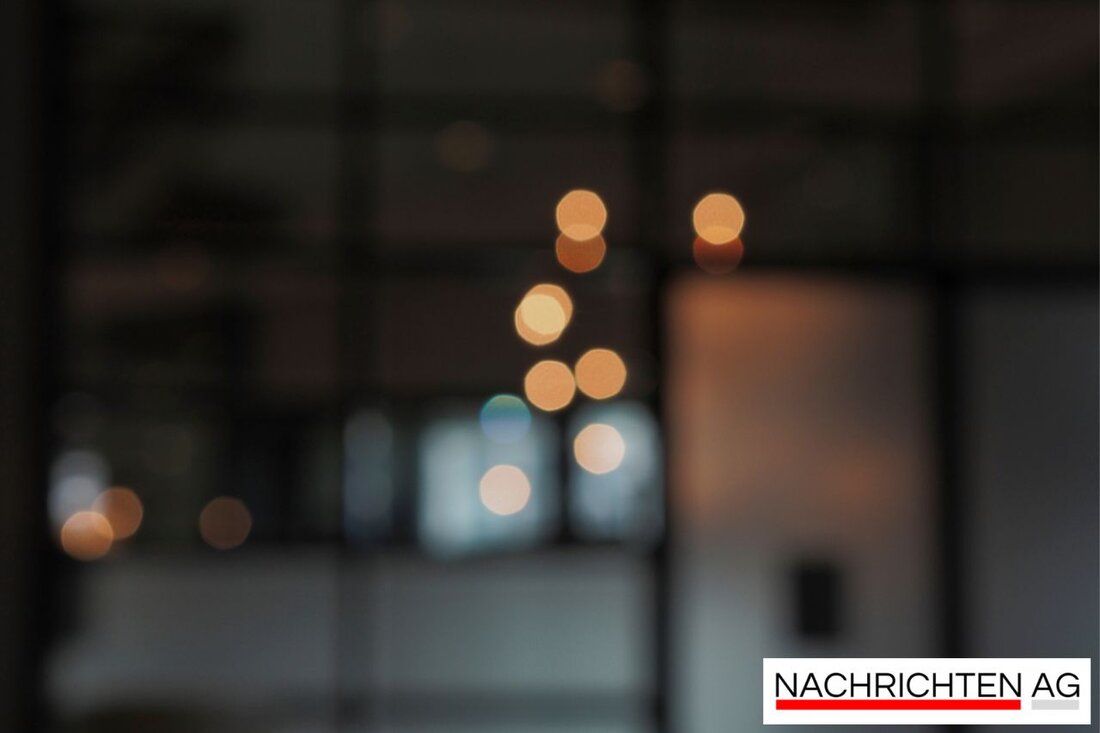Leipzig's oldest café impresses with a new museum after a long break!
Leipzig's coffee house "Zum Arabian Coffe Baum" is celebrating the reopening of its museum with historical coffee exhibitions.

Leipzig's oldest café impresses with a new museum after a long break!
The Leipzig coffee house “Zum Arabic Coffe Baum” is an institution in the city and is one of the oldest cafés in Europe. After being closed for six years for extensive renovation work, the museum, which is located above the dining room, was ceremoniously reopened on Monday evening. From Tuesday, visitors can immerse themselves in the fascinating world of coffee, which is the subject of a permanent exhibition in 15 historical rooms. Deutschlandfunk Kultur reports that the exhibition covers exciting topics such as the strict coffee house regulations of the 18th century, the coffee crisis in the GDR, the colonial connections of the former coffee cultivation and today's global trade relations.
The coffee house has a long history and was a popular meeting place for many famous people, including composers such as Johann Sebastian Bach and Robert Schumann as well as literary figures such as Gotthold Ephraim Lessing and Erich Kästner. This cultural significance makes the café a special place in Leipzig's history.
Coffee crisis in the GDR
A central theme of the exhibition is the coffee crisis in the GDR, which occurred towards the end of the 1970s. This crisis was caused by significant supply difficulties, as coffee at that time was only available on the world market in exchange for foreign currency. The GDR had to spend almost 700 million currency marks per year on coffee imports, which led to a serious problem because at the same time the SED leadership was restricting imports of food and beverages in order to secure foreign currency for oil. During the coffee crisis, the consumption of coffee beans in the GDR was severely restricted, and the population spent 3.3 billion marks on coffee every year. Wikipedia explains that many GDR citizens had to resort to the “coffee mix”, which consisted of only 51% coffee beans and was rather rejected by the population.
The coffee crisis not only led to protests among the population, but also necessitated a reorientation of the GDR's foreign policy relations. Barter deals with other countries, especially Vietnam, were sought to secure the supply of green coffee. Vietnam eventually became the second largest supplier of coffee to the world market after 1990.
A look into the future
The reopening of the museum in the “Zum Arabian Coffe Baum” not only offers a look back at the history of coffee, but also an outlook on current and future global trade relationships. Visitors can trace the development of coffee from the past to the present day and at the same time experience the cultural aspects that inextricably link this drink to the history of Leipzig.
In summary, the reopening of the museum is not only a significant event for Leipzig, but also an important opportunity to learn more about the far-reaching context of coffee and to better understand the challenges that the GDR experienced in relation to coffee. Coffee remains a central element in social and cultural environments, both historically and today.

 Suche
Suche
 Mein Konto
Mein Konto
